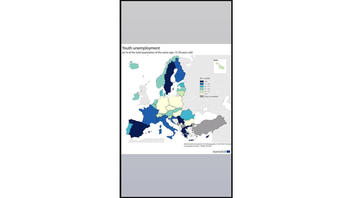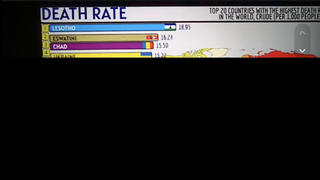
Does the number of unemployed migrants that use social benefits, admitted to the EU under former German Chancellor Angela Merkel, cause increased levels of youth unemployment in some EU countries? No, that's not true: Official EU documents, as well as Eurostat's statistical research clearly show no correlation between the number of migrants admitted, levels of financial assistance, and youth unemployment in different countries. In fact, many of the countries providing higher social benefits to migrants have the lowest youth unemployment rates among those in the EU.
The claim appeared in a video on TikTok (archived here) published by @peter_evtimov on May 28, 2023. It opened:
See which countries have youth unemployment? The countries that accepted 'Mama Merkel's children.' They do not work, they receive social benefits. In Germany, for example, they give them more money than they would earn if they worked. They don't work and keep making children. Europe is in trouble.
(The text has been translated from Bulgarian to English by Lead Stories staff).
This is what the post looked like on TikTok at the time of writing:
(Source: TikTok screenshot taken on Tue May 30 06:15:48 2023 UTC)
In the 15-second clip, the narrator of the video suggests that the open policy of former German Chancellor Merkel, whom he calls "Mama Merkel" as she is also known due to her compassion towards refugee children, has led to high youth unemployment in the countries that have received the largest number of migrants.
The photo that the TikToker uses in the video to support his claim is taken from a recent Eurostat report, which shows that the EU youth unemployment rate in 2022 (6.3 percent) decreased compared to 2009 (9 percent) to record levels. The photo, thus, contradicts the TikToker's claims.
Compared with 2021, the share of unemployed young people related to the total population decreased in most EU countries. For example, in 2022, the youth unemployment rate in Germany, as shown in this article here published on May 12, 2023, decreased by 1.2 percentage points since 2021 and reached its lowest point in recent years.
















